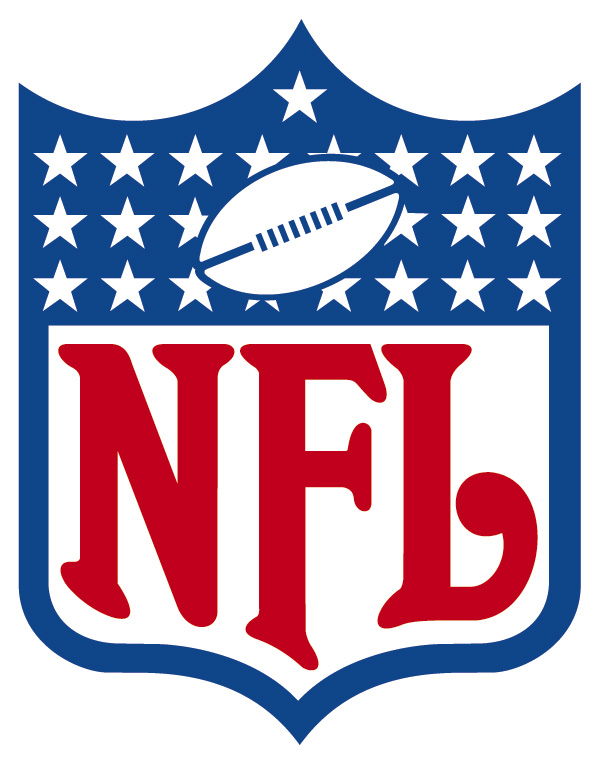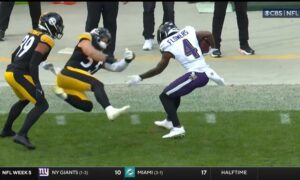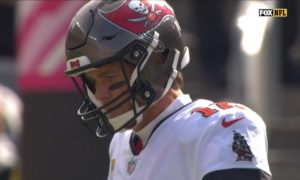Yesterday, we wrote about the player culture that the NFL is trying to overcome as it pertains to the locker room view on head injuries, and has over the past few years seen it as in their best interests to take the decision of staying in the game out of the hands of the players themselves.
These efforts, of course, not only protect the players from themselves and from a potential stigma from their peers for exiting a game, but also protects the league as they are increasingly scrutinized over the manner in which they seek to protect their players on the field.
To that end, the owners approved a series of new rules proposals yesterday aimed at making the game safer, with the headlining proposal, announced only the day before as on the table, being the introduction of an ‘injury spotter’ who will have the authority to stop the game and flag a player for evaluation who has exhibited signs of a concussion.
The rule, which was approved unanimously, will place the spotter above field level, but will be in direction communication with the officiating crew on the field. He will watch the players and look for symptoms of a head injury, and will be able to call down to stop the clock to get the player off the field and initiate a proper examination.
The competition committee acknowledged that the proposal was influenced by the Julian Edelman incident during the Super Bowl, in which he took a hard shot but did not immediate come out of the game. While Dr. David Chao personally attests that Edelman was ultimately put through the proper concussion protocol, the fact that this was not immediately initiated was naturally the concern that this rule seeks to address.
While it’s unlikely that the need for the injury spotter will come up very often—the officiating crew and on-field medical staff generally does a solid job of responding to potential concussion-related injuries on the field, particularly in recent years—I believe it’s an important safety net to have in place.
As mentioned, there were other safety-oriented rules proposals passed yesterday during the owners’ meetings. Two pertain to legal blocking techniques, one further expands the definition of a defenseless player, and the final one expands a general safety practice on special teams.
Regarding the blocks that are no longer eligible, all offensive players are now barred from engaging in peel back blocks, in any circumstances. This is no longer limited to how the defensive player is approached. Also, running backs are no longer allowed to chop block a defensive player outside of the tackle box if he is already engaged with another offensive player above the waist.
The defenseless player definition has now been expanded to include wide receivers after a pass has been intercepted, which was previously not the case. Finally, the ‘defensive’, receiving team on a punting play is no longer allowed to push one another to gain an advantage, which is an extension of a rule already in place pertaining to extra points and field goals.








